Archaeologists have uncovered the ruins of an ancient palace in Rome where popes lived before the Vatican became their official residence.
The palace, including defensive walls, was uncovered in the square outside the Archbasilica of St John Lateran, which dates back to the 9th century.
The walls were built with large rocks formed by volcanic ash, likely repurposed from now-lost structures, according to researchers.
The structure is believed to have protected the Patriarchio, a monumental basilica commissioned by Emperor Constantine in the 4th century, shortly after he declared Christianity the official religion of Rome.
The Patriarchio was later expanded and renovated during the Middle Ages, serving as the papal seat until the papacy moved to Avignon, France, in 1305.
The secret palace housed the popes until that move, with the papacy returning to Rome in 1377. The Vatican was not formally established until 1929.
Rome's long history, stretching back almost 2,800 years, means that roadworks often lead to archaeological discoveries.
The discovery coincides with Cardinal Robert Prevost's surprise election as the new leader of the Catholic Church. He is the first US pope, taking the name Leo XIV.
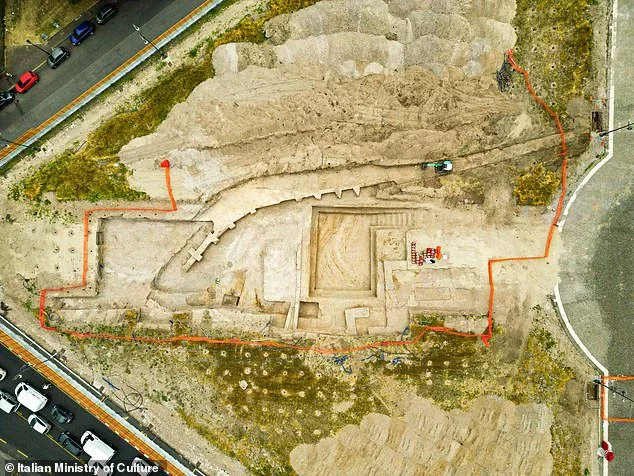
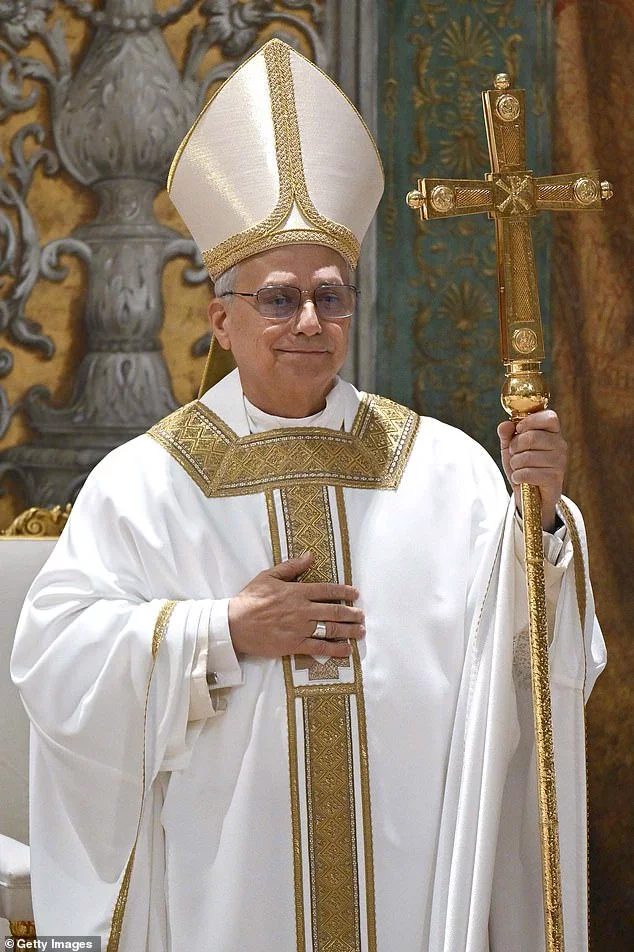
'This is an extraordinarily important find for the city of Rome and its medieval history, as no extensive archaeological excavations have ever been carried out in the square in modern times,' the Italian Ministry of Culture said.
The palace was uncovered during renovations of the area around St John Lateran ahead of the Jubilee, a year-long event starting in December that attracts more than 30 million pilgrims and tourists to the Italian capital.
Jubilees have been celebrated every 25 years since Christians adopted the tradition in 1300 and this year's theme was 'Pilgrims of Hope'.
During the event, Catholics can obtain special indulgences, or remission of their sins, if they fulfill certain conditions and do good works or make pilgrimages.
Gennaro Sangiuliano, the Minister of Culture, said: 'The new discoveries in Piazza San Giovanni in Laterano are yet another demonstration of the richness of the territory of Rome, an inexhaustible mine of archaeological treasures.
'Every single stone speaks to us and tells its story: thanks to these important discoveries, archaeologists will be able to learn more about our past.'
Archaeologists identified several signs of restorations throughout the ancient structure, including different building techniques.
Moving westward, the construction shifts to a more irregular technique, featuring wedge-shaped buttresses.
The ancient palace, however, was the fraction of the size of the Vatican that spans 250,000 square feet, which is roughly the length of two American football fields.
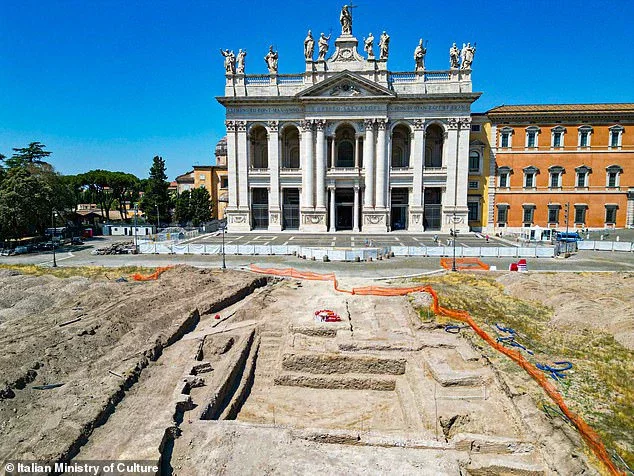

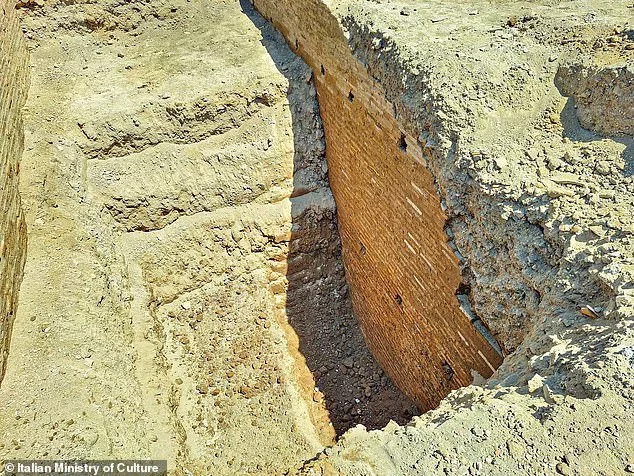
The final section, leading to the basilica's front area, was faced with tuff blocks again, but this time supported by square-shaped buttresses.
The structure's focus on defense may be linked to the fact that it was built during time of internal conflict in Rome, as powerful aristocratic families fought for control of the papal throne.
Forces from Sicily also in filtered Rome in 846AD, raiding the city and ransacking churches including St Peter's Basilica.
The rads were carried out by the Aghlabid Caliphate, an Arab dynasty that conquered large swaths of Sicily, Southern Italy and Sardinia.
The violent history suggests that the massive wall may have served a defensive purpose, protecting the basilica and its surrounding buildings.
After the popes returned to Rome from Avignon and moved the papal seat to the Vatican, there was no longer a need to defend the Patriarchate.
As a result, the wall was no longer useful, so it was taken down, buried, and eventually forgotten, the archaeologists said.
The Vatican is the smallest independent state in the world, a city-state and enclave within Rome.
It also has its own territory, laws, currency, stamps and even a passport and license plate system.
And, as of Thursday, the Vatican has a new resident calling it home.
Pope Leo XIV grew up in Chicago, but spent most of his career in Latin America.
He was a protege of the late Pope Francis, who in 2015 appointed him Bishop of Chiclayo, a city on the coast of Peru.
Pope Leo, a former head of the Augustinian order, is regarded as urbane, charming and a competent administrator.
When it comes to American politics, he is fiercely anti-MAGA, going out of his way to attack Vice President JD Vance, a Catholic convert, on social media.
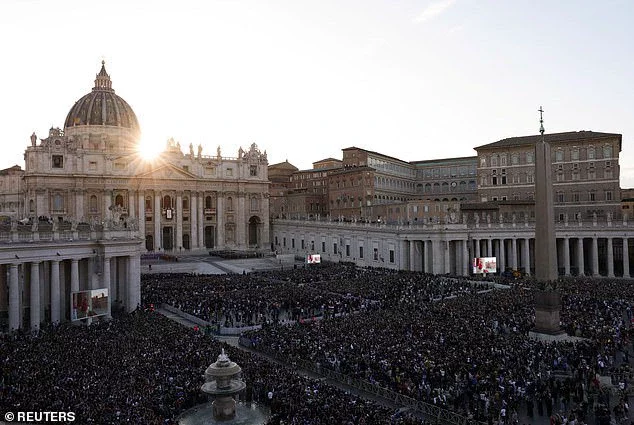
He used X to share an article from a left-wing Catholic outlet headed 'JD Vance is wrong: Jesus doesn't ask us to rank our love for others.'
Pope Leo also reposted an accusation that President Trump was using the Oval office to support the 'Feds' illicit deportation of a US resident'.
The College of Cardinals Report, an influential survey of the views of all the cardinals in the Church, wrote this year: 'On key topics, Cardinal Prevost says little but some of his positions are known.
'He is reportedly very close to Francis's vision regarding the environment, outreach to the poor and migrants ... He supported Pope Francis's change in pastoral practice to allow divorced and civilly remarried Catholics to receive Holy Communion.'
Pope Leo appears somewhat less inclined to curry favor with the LGBTQ lobby than Francis, but he has showed mild support for unofficial blessings for gay couples.
In other words, he's record on 'hot-button' issues will do nothing to reassure theological conservatives, whose sense of disappointment was palpable in Rome on Thursday night.
But other Catholics, including some critics of Francis, believe the former Cardinal Prevost will restore a degree of order to the administration of the Church, which - especially in the Vatican - is nothing short of chaotic, thanks to the Argentinian pope's dictatorial style and habit of bypassing canon law.


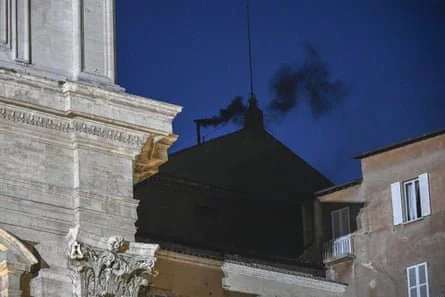
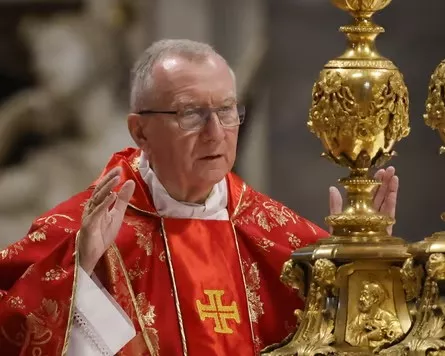
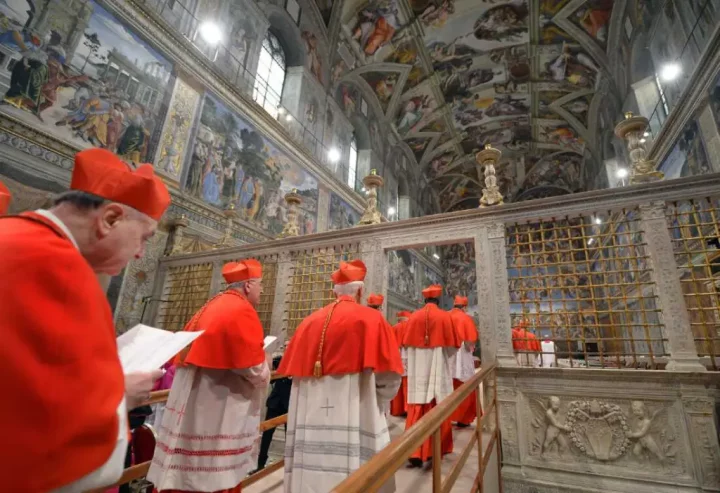
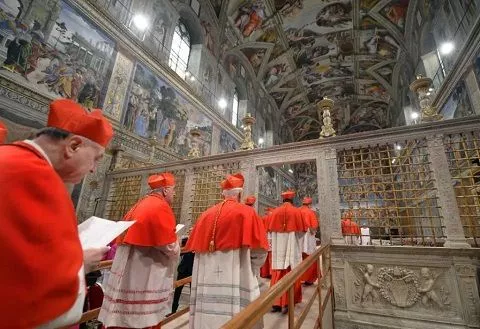
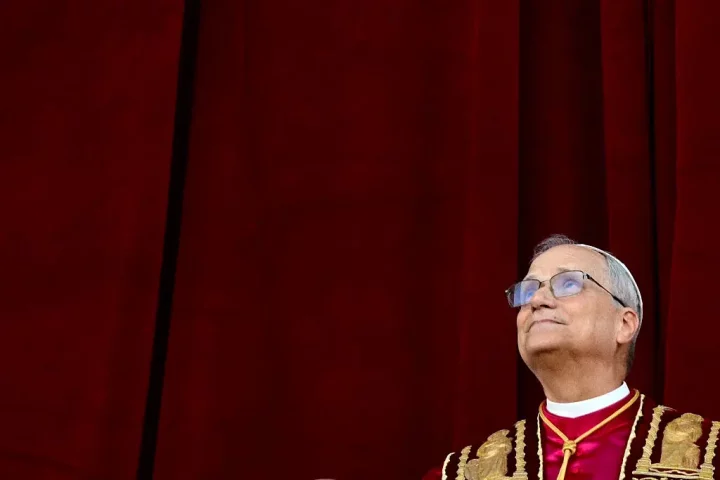

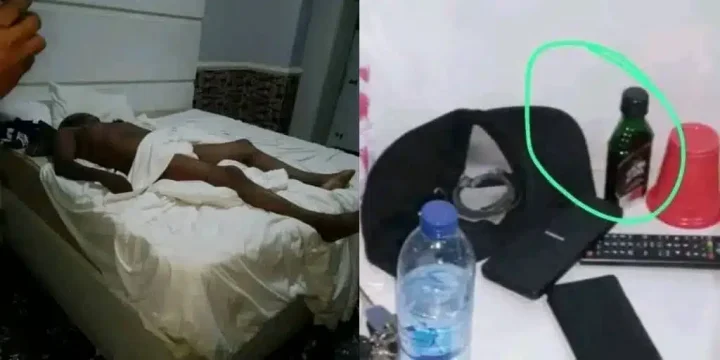

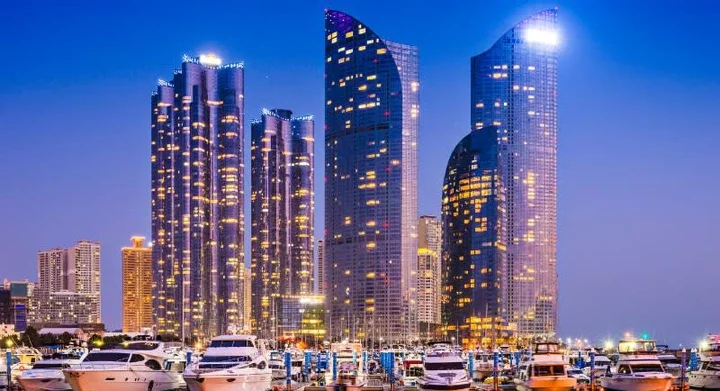
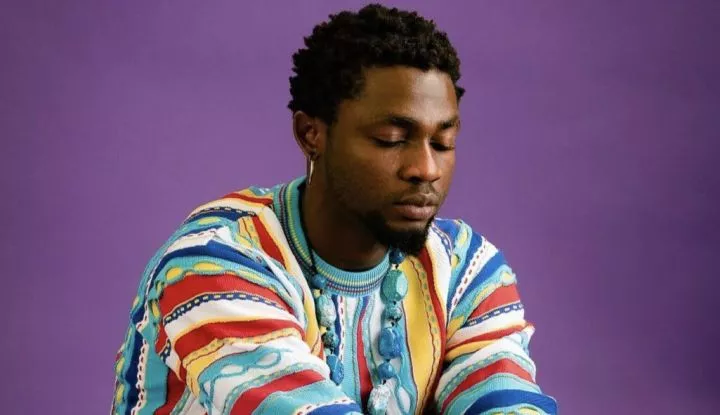

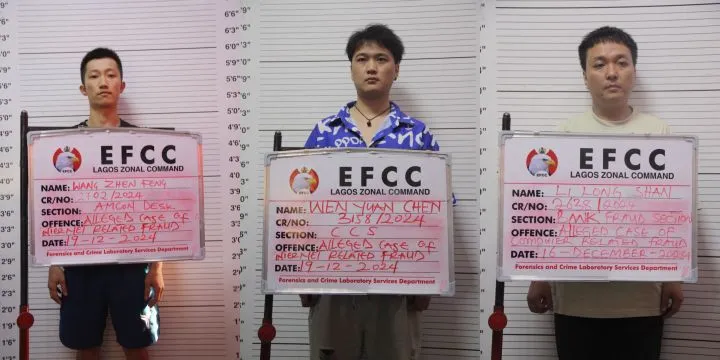


Comments